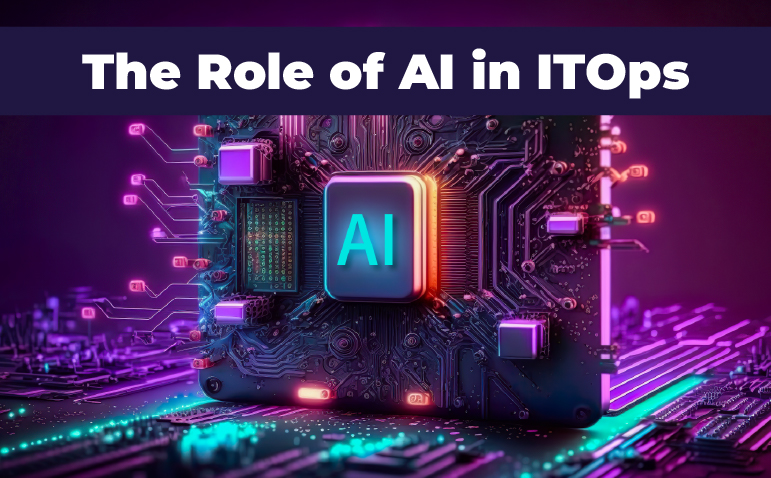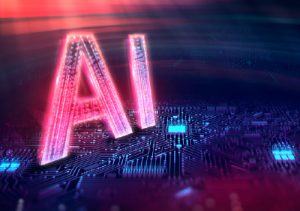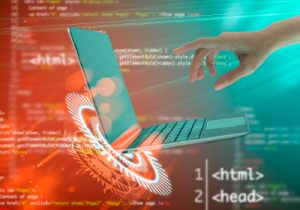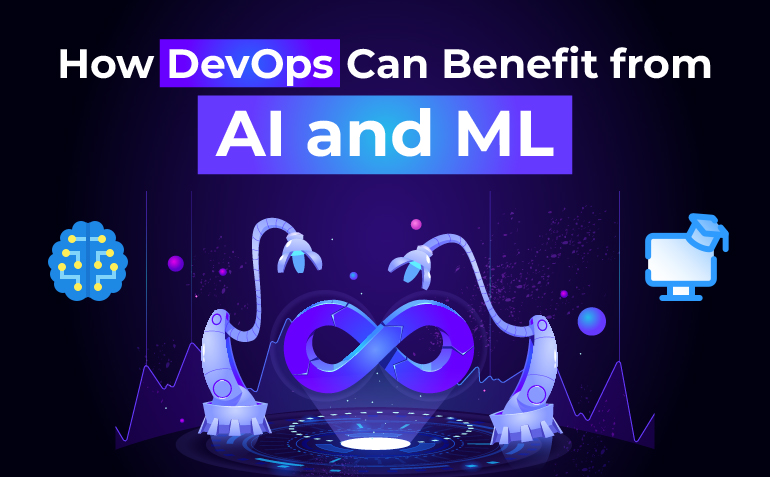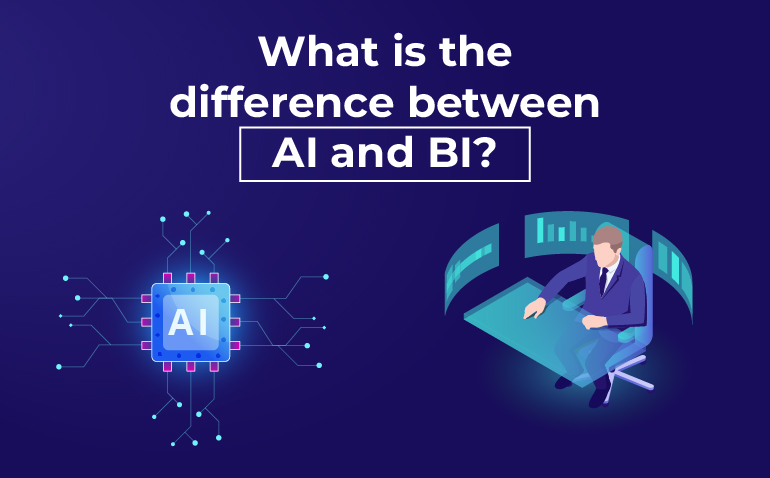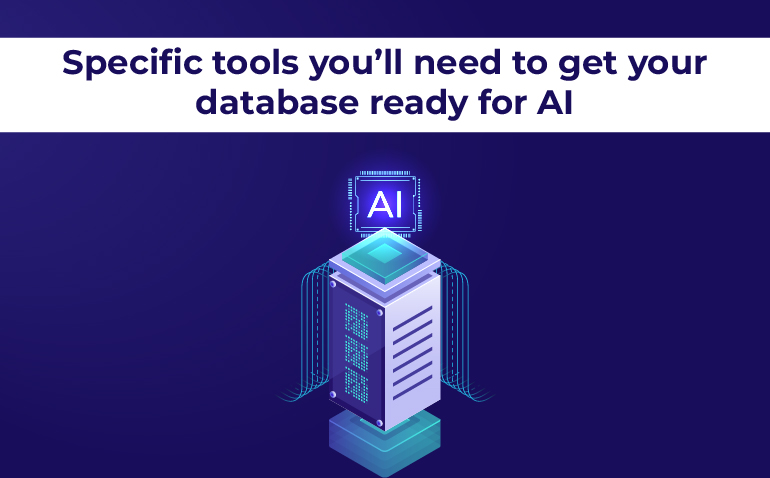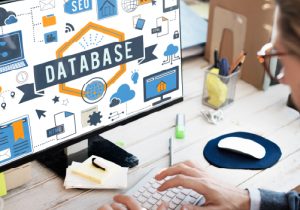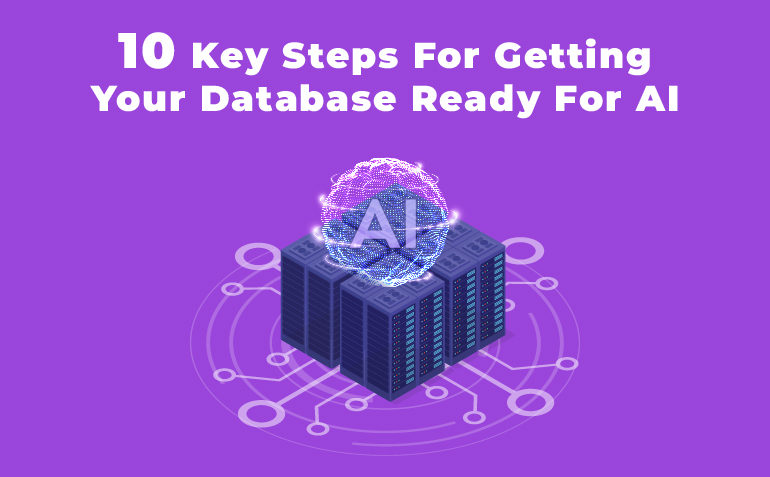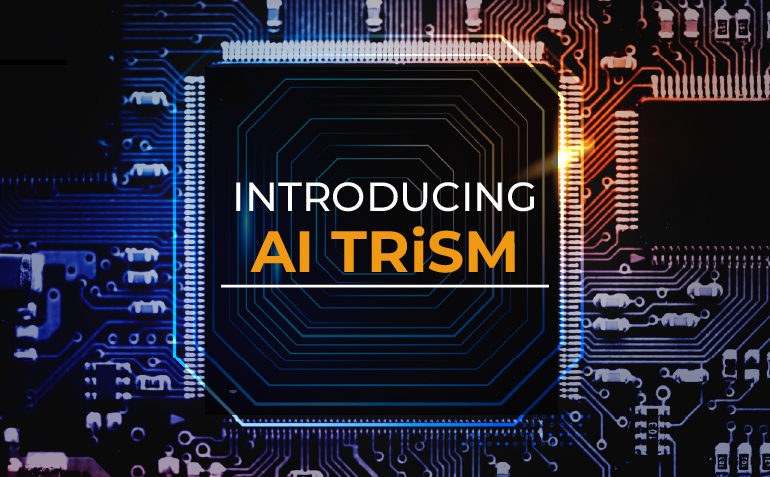It comes as no surprise that artificial intelligence continues to dominate discourse in 2025—and rightly so. AI has evolved far beyond simple chatbots and data analytics; it is now deeply embedded in technology management, content workflows, task automation, and a host of other domains. One of AI’s most compelling strengths lies in its capacity to learn from repetitive tasks, rather than relying solely on static training data. This enables it to manage processes like system updates—which were traditionally executed by basic scripts or macros—in a dynamic and adaptive manner. Unlike a fixed script, AI can learn from errors during updates and refine its methods, transforming a once-reactive task into a proactive, intelligent process. For instance, in a data center housing 1,000 servers, AI could autonomously update 990 systems, flagging only the problematic cases for human intervention. In many respects, AI is assuming the role of a junior systems administrator. This article examines how AI technology is revolutionizing industries by managing IT infrastructures and enhancing workplace productivity. It also provides valuable insights into technological trends within healthcare and education, alongside strategies businesses can adopt to maintain a competitive edge amid ongoing digital transformation.
The Role of AI
Although AI trends dominate headlines, the significant implications of tariffs on the tech industry are frequently overlooked. Nearly all modern technology hardware is imported, much of it originating from Asia. As new tariffs take effect, the cost and availability of even basic components may be impacted, leading to delays and increased expenses. Forward-thinking tech firms are already accumulating several months’ worth of critical inventory, and we advise our clients to do likewise.
Meanwhile, data generation continues to accelerate exponentially. AI thrives on vast datasets, making data deletion and archiving increasingly rare. However, retaining excessive live data can hinder system performance. Imagine towing a trailer with a sports car—no matter the engine’s power, performance will inevitably suffer. As system performance declines, so does end-user satisfaction.
As data proliferates, so does the frequency of sharing—and with it, heightened risk. End users often demand broad access, resulting in widespread data distribution. This raises the likelihood of breaches, encryption errors, and security lapses, placing immense pressure on IT and security teams to enforce controls without disrupting daily operations.
Cybersecurity threats persist and are intensifying. Ransomware, phishing schemes, and now AI-driven verbal and audio attacks are increasingly prevalent. Malicious actors are shifting focus from traditional email vectors to internal chat platforms, which offer direct access to teams and present an ideal attack surface. As AI-enhanced threats grow more sophisticated, employee training and awareness will remain the most critical lines of defense.
Tech Trends for Key Industries in 2025
Technological advancements are reshaping fundamental operations across healthcare, education, non-profit organizations, and small-to-medium enterprises (SMEs), driven by the integration of AI and automation.
In healthcare, emerging tech trends aim to improve patient outcomes while optimizing operations. AI diagnostic tools, predictive analytics, and automated scheduling systems are becoming commonplace. The surge in healthcare data necessitates robust, secure storage and advanced retrieval solutions. AI accelerates the identification of anomalies in patient records, enhances diagnostic accuracy, and reduces manual workloads.
In education, classrooms are undergoing a technological renaissance. AI-powered learning platforms offer personalized learning experiences, utilizing adaptive assessments and instant feedback mechanisms. Virtual reality (VR) and gamified learning modules are gaining traction, elevating student engagement and knowledge retention. Educators are leveraging AI tools for content creation, grading, and facilitating communication between students and parents.
SMEs harness AI to enhance customer service, manage inventory efficiently, and safeguard their IT infrastructure. Real-time data insights, CRM automation, and AI-driven chatbots empower smaller enterprises to compete with larger corporations, despite limited financial resources.
Understanding which technological innovations impact specific sectors enables organizations to better prepare for and thrive in the digital-first landscape of 2025.
How to Prepare for the Future of Tech in 2025
To navigate these rapidly evolving trends, here are five practical steps individuals and organizations can take:
1. Upskill in AI and Automation
IT professionals and general staff must familiarize themselves with AI technologies and tools that enhance productivity. Platforms like Microsoft Copilot, ChatGPT, and AI-powered analytics are no longer optional—they are becoming foundational.
2. Audit and Strengthen Supply Chains
Anticipate potential hardware shortages or price hikes. Identify essential components and formulate strategies to stockpile or source alternatives, especially in light of escalating tariffs.
3. Optimize Data Management
Establish a comprehensive data management plan. Not all data requires immediate access—utilize archiving and tiered storage solutions to maintain system performance while preserving access to historical data.
4. Secure Internal Communications
Treat internal chat systems with the same vigilance as other threat surfaces. Implement multi-factor authentication, monitor for unusual behavior, and conduct phishing simulations across all communication platforms, not just email.
5. Invest in Cybersecurity Awareness Training
Human error remains a critical vulnerability. Regular training sessions should educate employees on emerging threats, including AI-generated content, deepfakes, and impersonation tactics within internal communication systems.
By taking proactive steps today, businesses and individuals can position themselves to not only survive—but thrive—in the tech landscape of 2025.
Protected Harbor helps organizations simplify IT management, enhance cybersecurity, and future-proof their infrastructure by combining expert support with intelligent automation—so your business stays secure, efficient, and always one step ahead.


